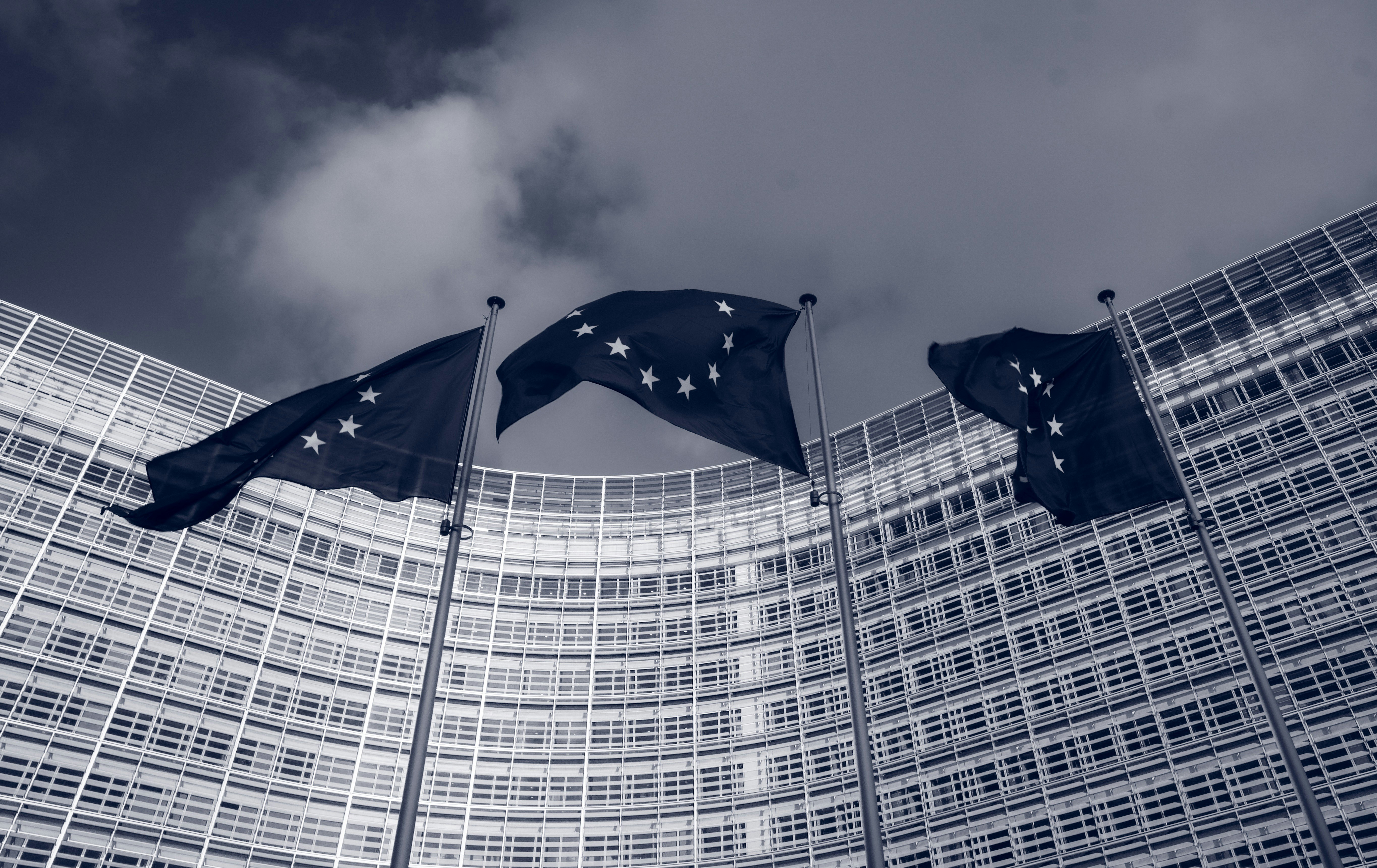SaaS or software as a service is marketed on a subscription basis. Their model allows companies to subscribe to software rather than buy, install or develop it in-house. For investors, the SaaS model is highly attractive for its scalability and potential ROI. So, choosing the right SaaS is a strategic decision, but the key is knowing how to track and analyse its performance.
Here are the 10 relevant KPIs to decipher long-term success. For bankers, investors and corporates, understanding and tracking these KPIs is essential to make informed decisions and ensure the health and growth of SaaS businesses.
SaaS KPIs measuring sales acquisition performance
1 - Conversion Rate: from leads to customers
Conversion rate measures the percentage of potential customers who take a desired action, such as signing up for a trial or making a purchase. It is pivotal for optimising sales and marketing strategies. Most of the time, this KPI applied to SaaS concerns free trials that turn into paid subscriptions.
Conversion rate = (Number of paying clients / Total of free trials or leads reached) x 100
2 - Customer Acquisition Cost (CAC): investing for growth
The CAC represents the cost of acquiring a new customer. Striking the right balance between CAC and customer life time value is essential for sustainable growth and profitability.
The CAC calculation involves adding up all the costs associated with customer acquisition (such as marketing spend and sales team salaries) over a given period and dividing this sum by the number of new customers acquired over the same period. If a SaaS company spent €20,000 on marketing and sales efforts in one month and acquired 100 new customers during that period, the CAC would be €200 per customer.

A high CAC may indicate that customer acquisition costs are outpacing the potential lifetime value of customers, prompting a reassessment of growth strategies. CAC is a pivotal metric for assessing the efficiency of customer acquisition strategies and ensuring a healthy return on investment.
3 - Annual Recurring Revenue (ARR): for financial stability
ARR is the one of the KPIs that comes to mind when assessing the financial maturity of SaaS companies. Calculating one-year revenue projections, ARR provides guidance for strategic decisions and revenue expectations. It also gives a predictable and stable outlook thanks to the subscription business model inherent in SaaS, rather than one-off transactions.
ARR = (Monthly Recurring Revenue (MRR)) × 12
Monthly recurring revenue (MRR) is the sum of revenue generated by all subscribing customers on a monthly basis.
If a SaaS company has a MRR of €50,000, the ARR will be €50,000×12 = €600,000.

For stakeholders, tracking ARR provides a standardised measure of a SaaS company's subscription revenue potential, influencing critical financial strategies.
4 - New ARR to S&M expenses ratio: focus on efficiency
This ratio reveals the efficiency of sales and marketing efforts in generating incremental recurring revenues. It is an essential KPI for assessing the profitability of customer acquisition and retention strategies. Sales and marketing expenses include all costs associated with sales and marketing efforts, such as advertising, sales team salaries, marketing campaigns, and related expenses. This ratio gives an idea of how effectively a company's sales and marketing resources are being used to acquire new customers and stimulate sales growth.
A ratio that tends to increase overtime suggests an improvement in the effectiveness of sales and marketing efforts, resulting in more significant returns for every euro spent. Conversely, a downward trend may warrant a review of the sales strategy, as it could indicate a diminishing ROI. The optimum ratio varies according to the size and stage of growth of the business. Startups may prioritise higher spending on sales and marketing to fuel rapid growth, even if the ratio is lower initially.
5 - Revenue from new clients: measuring growth momentum
This KPI signifies the portion of revenue generated by clients acquired in the previous year. A higher ratio indicates a strong commercial momentum, reflecting the ability to convert new clients into significant revenue contributors.
Investors use this metric as a key indicator of a SaaS startup's growth trajectory, drawing correlations between client acquisition, revenue generation, and growth potential.
SaaS KPIs measuring customer retention and business model resilience
6 - Revenue Churn: building customer loyalty
Revenue churn refers to the percentage of recurring revenue lost over a specific period due to customer cancellations, downgrades, or reductions in service. It is a key indicator of a SaaS company's stability and effectiveness in retaining customers.
Revenue Churn = (Lost Revenue /Total Revenue at the Beginning of the Period)×100
If a SaaS company loses €10,000 in recurring revenue from existing subscribers in a month, and the total recurring revenue at the beginning of that month was €500,000, the revenue churn would be (€10,000/€500,000) ×100 = 2%.
By measuring the attrition rate, it becomes easier to detect faults in the customer service or product department and to redirect the loyalty strategy more accurately.
7 – Net revenue retention (NRR): the best measure of customer success performance
Monthly NRR is the cumulative total of revenue retained, contracted and extended over one month. It can also be calculated over one year. NRR calculates total revenue less lost revenue (contract expiries, cancellations, or downgrades). The NRR therefore measures a SaaS company's ability to retain customers.
Net Revenue Retention = (Starting Monthly recurring revenue – downgrade MRR – churn MRR + expansion MRR) / Starting MRR x 100
For SaaS, which operates on a subscription basis, a rate above 100% indicates growth thanks to a consistent customer base and a low churn rate.
The 2022 Customer Success Leadership Study surveyed more than 1,200 leaders on customer success.The majority recorded an annual NRR of between 101% and 110% or more. The study clearly shows that customer success drives revenue through renewals.
8 - Average Revenue Per Customer (ARPC): maximizing customer value
ARPC calculates the average revenue generated by each user or customer. It offers insights into the revenue potential of individual users, guiding pricing strategies and resource allocation. It is a fundamental metric for SaaS businesses to gauge the financial contribution of individual customers and make informed decisions about pricing strategies, product offerings, and resource allocation.
Average Revenue Per Customer = Total Revenue / Total number of customers
9 - Customer Lifetime Value: driving profitability through long-term retention
Customer Lifetime Value, often referred to as CLV or LTV, is a predictive metric that calculates the total revenue a company expects to earn from a customer throughout their entire relationship. It's a forward-looking measurement that considers not just the immediate value but the long-term financial contribution of each customer.
If a SaaS company has an ARPC of €100 and the average customer stays subscribed for 24 months, the CLV would be €100 x 24= €2,400.

The profitability of a subscription increases as the relationship with the customer is extended and once the cost of acquiring the customer has been covered. The longer a SaaS company can retain a customer, the better. That is why CLV is a good way to discover new monetisation opportunities and encourage customers to buy additional products and services. Companies can identify cross-sell or up-sell opportunities, maximising revenues from existing customers throughout their relationship.
10 - Concentration risk: balancing revenue dependency
This KPI measures the share of revenue derived from the company's largest clients. Over-dependence on a single client or a small group of clients can be dangerous for a business. The obvious risk is the loss of the oversized client, resulting in a devastating loss of revenue. What's more, it gives the largest client the opportunity to leverage its power and negotiate prices downwards. As a result, investors are much more inclined to invest in highly diversified businesses.
Forbes advises not to devote more than 10% of revenue to a single client. In addition to the 10% rule, a SaaS company's top five clients should not account for more than 25% of its sales.
In conclusion, monitoring these 10 key performance indicators is not just a choice, but a necessity. For investors, these SaaS KPIs provide an overview of the health and growth potential of a the business.








